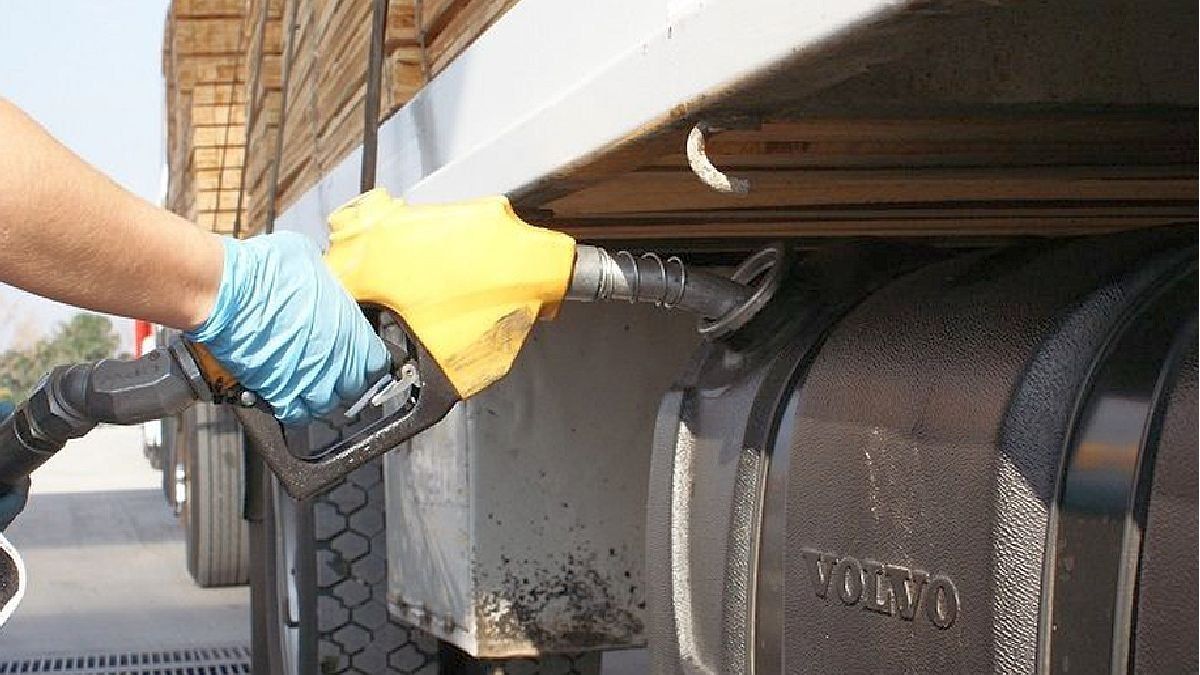The tension for prices returned to the sector fuels. The freezing in gasoline and diesel that Sergio Massa agreed with the oil companies until October 31 was put on the back burner by discretionary increases of up to 5% that were registered at service stations in the interior of the country. At the same time, a request was made from transporters due to lack of diesel supply, which according to the Fadeacyou already feel in at least 10 provinces.
As far as he could know Ambitthe adjustments at the pumps were applied by YPF’s main competitors in Misiones, Santa Fe, Entre Ríos, Tucumán, Mendoza and Jujuy. First it was a 2.5% and then another similar percentage in recent days. At the AMBA the blackboards are not touched for now. Since the price freeze came into force after the PASO – after an increase of 18% accumulated in the first half of August -, stationers and oil workers have been warning of the extreme situation they are going through, as a result of the high inflation and the fall in the income and profitability of the business.
From the supply side they advocate a thaw, but in Economy they seek to extend the measure until the inauguration of the next government in December, with the implementation with the new Dead Cow Dollar. Although there is still no formal open dialogue with Ministry authorities, this discrepancy is discussed in informal talks. Fadeac sent letters to Secretary of Energy and to Ministry of Transportation. It all started when the blue dollar soared until it reached above the $800 and accumulated inflation climbed to 124% annualized. In the sector, they do not rule out that selective increases will be applied again in the coming weeks if the rise in the parallel dollar and the remarking of prices in various items persists.
In this context, dozens of service stations began to limit sales due to the lack of grade 2 diesel, which led to an impact on the activity of freight transport companies. Food producing areas such as Cuyo, Northeast, Northwest and the Litoral, among the most affected. “While in August the increase in service stations averaged 18%, the increase in the wholesale channel was 35%. As a consequence, there was a natural deviation in the refueling modality, unjustified increases and even the implementation of quotas,” warned the chamber of transporters, which brings together 44 entities and 4,500 companies, equivalent to 80% of the total transportation and logistics of the country.
Fuel Suppliers.jpg
Argentine News Agency
William Lego, from Cecha, confirms the shortage of fuel in some provinces because demand is exceeding supply. “The restriction on supply comes from the fact that some oil companies are importing, but the diesel has not yet arrived at port. This leads to quotas or restrictions being put in place to be able to supply. And with demand greater than supply, also due to the advance of the fine and coarse harvest, some seasons are sometimes left in a couple of hours or perhaps even a couple of days with, with a smaller amount of product.”analyzed in dialogue with this medium.
In Cecha they talk about a “unsustainable operational stress” In this context, due to the increase in international prices of Petroleumwhich makes imports more expensive at a loss of fuels, makes oil companies tend to preferentially supply their demand. “This panorama is generating growing instability in service stations, which due to market distortions, and given the existence of disparate prices, produces a spillover effect of demand from some stations to others with different flags, leading to a breakdown of stock of these products,” said the station owners.
The owners of the stations request that the tax burdens of the stations be lowered fuelsbetter conditions for imports are encouraged and adopt emergency measures to resolve an alleged “artificial delay” of the price path.
Fuels: is there a shortage?
The truth is that there is no shortage, but rather a shift in demand. The trucks that usually filled their tanks with YPF grade 2 at the bulk outlets now go to the retail stations for a better price, take all the product and generate stock shortages, harming motorists and regular customers. The clearest example is the stations of Mendoza, on the border with Chile: “A truck arrives loaded in the morning and by noon there is no more. The replacement is the same, but before it lasted three days and now only one.”
When this happens, as Fadeeac warned, transporters are limited to choosing between resupplying at other oil companies at “substantially higher costs” -because they only offer Premium products- or wait on the side of the road for the YPF tanks to be refueled with the problems that this generates: road insecurity for the unit, the load and the driver.
In stations in CABA and Mar del Plata, there are shortages of the super version in particular, although there are stations where the Premium versions are not available either.
According to the Federation’s estimates, transportation costs grew 20.3% in August and accumulate 92.5% in the first eight months of 2023. The alternatives they manage in this scenario would be to release more rates for carriers, which will result in a higher logistics cost and therefore a transfer to merchandise, to the consumer and to the CPI of October and November, or a decompression of fuel prices, which also ends in an increase in prices on the counter. The fuel market today is in a “double clamp” situation.
Source: Ambito



